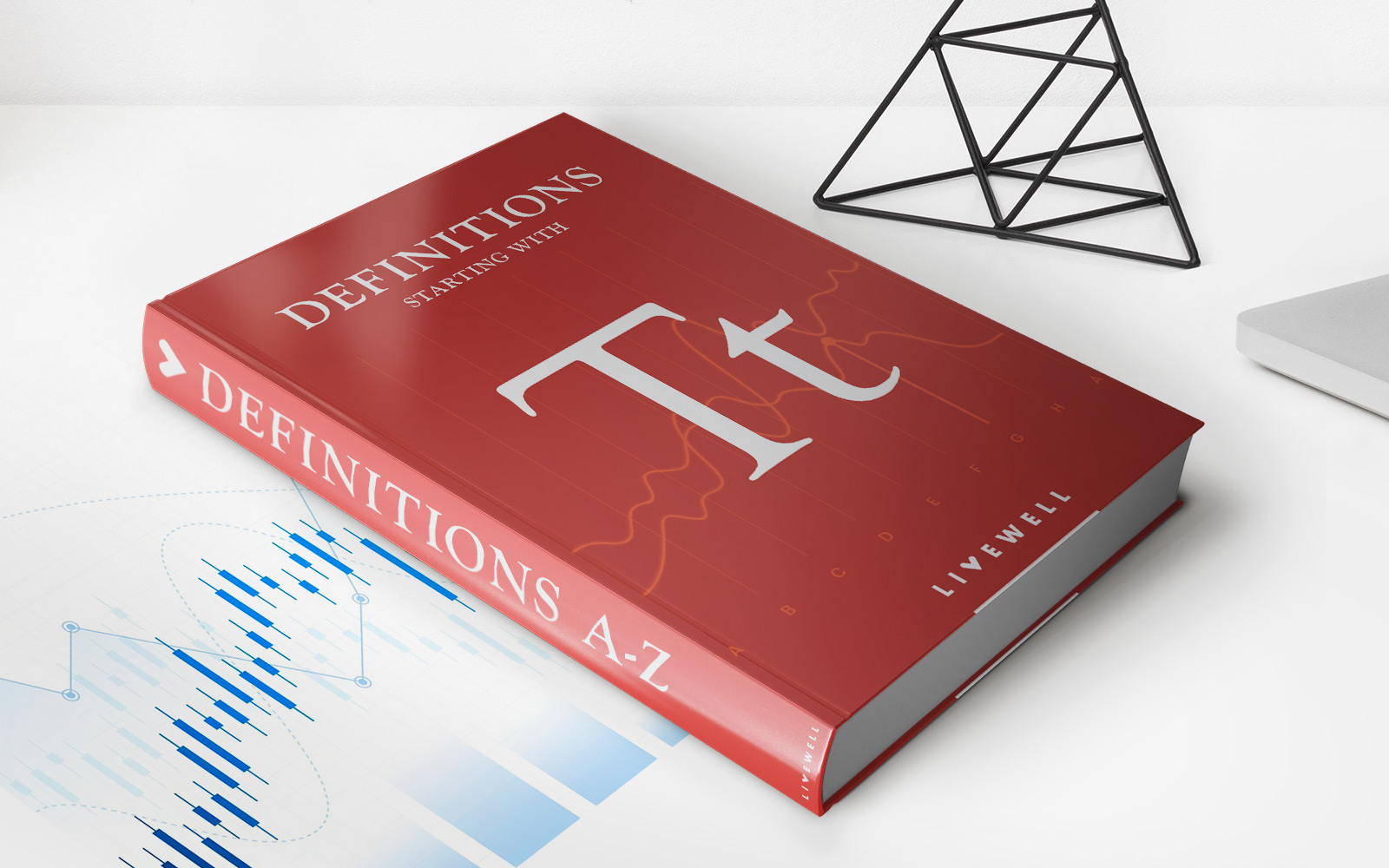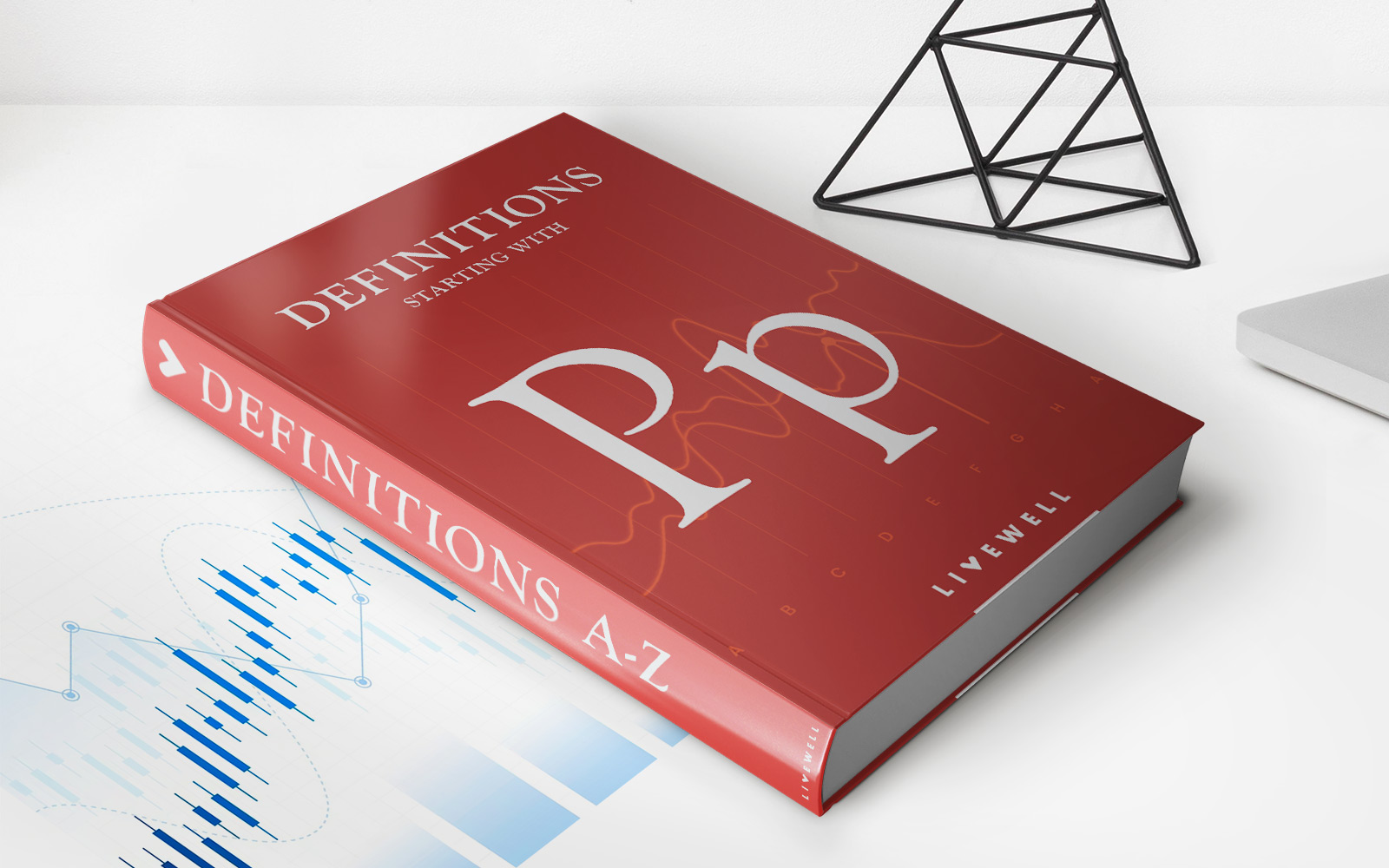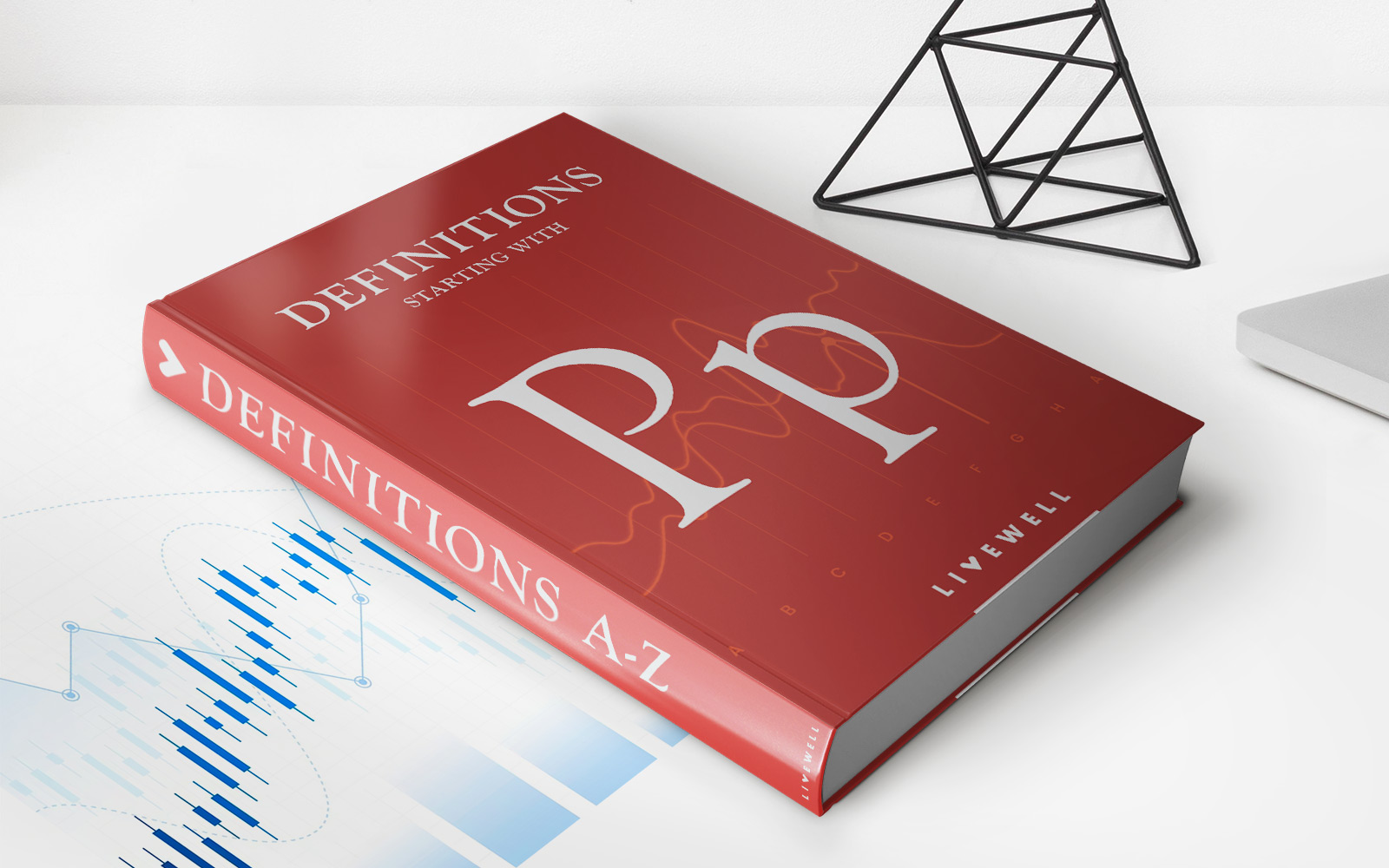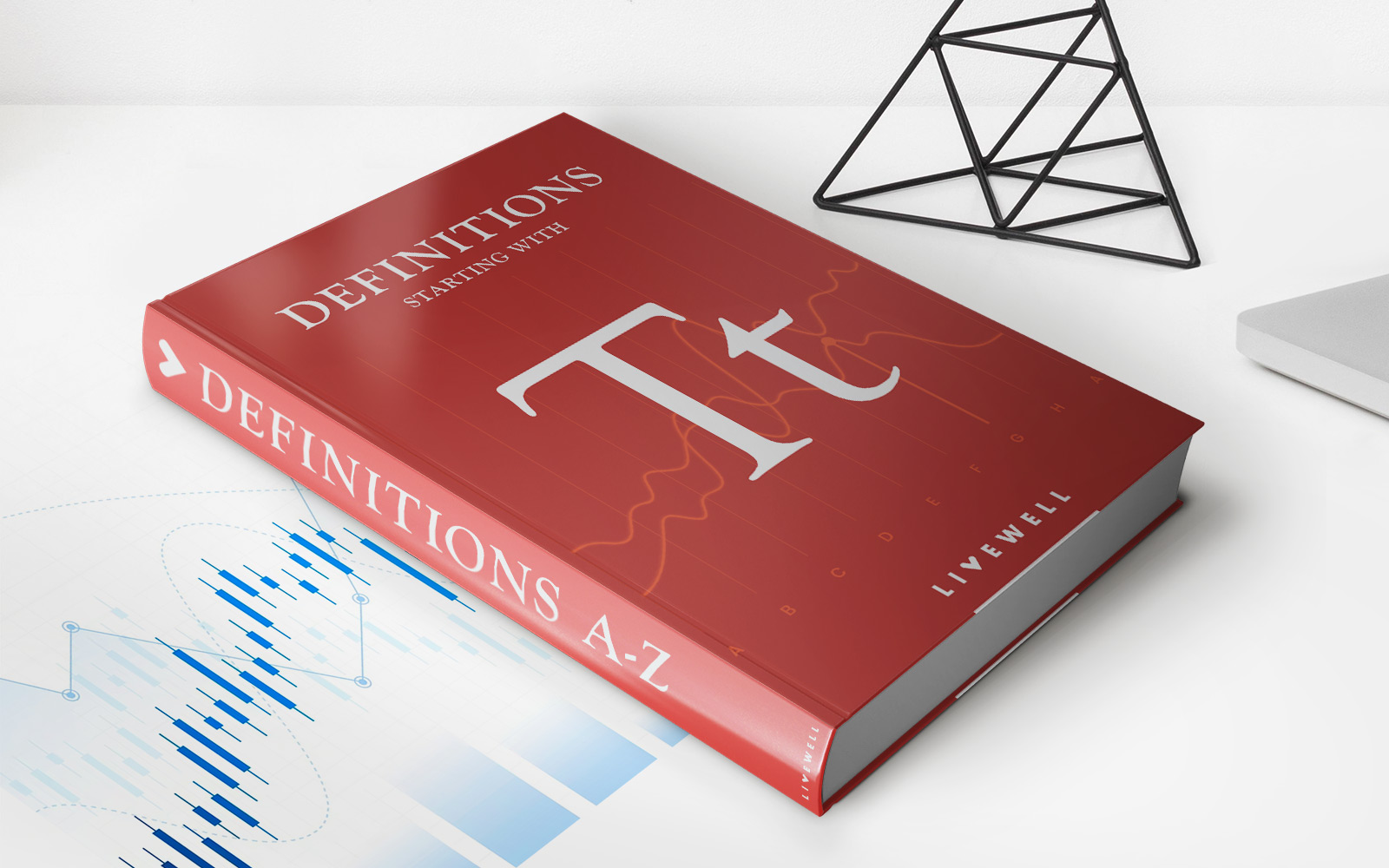

Finance
How Is Taxation Handled In Partnerships
Published: November 2, 2023
Learn how taxation is handled in partnerships and gain insights into the financial aspects of this business structure.
(Many of the links in this article redirect to a specific reviewed product. Your purchase of these products through affiliate links helps to generate commission for LiveWell, at no extra cost. Learn more)
Table of Contents
Introduction
Partnerships are a popular business structure that allows two or more individuals to jointly own and operate a business. Unlike corporations, partnerships are not considered separate legal entities and are instead treated as a pass-through entity for tax purposes. This means that the partnership itself does not pay taxes, but rather the partners report their share of the income and deductions on their personal tax returns.
Understanding how taxation is handled in partnerships is crucial for both existing and aspiring partners. By comprehending the tax implications, partners can better plan and manage their finances, minimize tax liabilities, and ensure compliance with tax regulations.
In this article, we will delve into the intricacies of taxation in partnerships. We will explore the partners’ individual tax responsibilities, the partnership tax return, the allocation of income and deductions, self-employment taxes, and the reporting requirements involved. By the end, you will have a comprehensive understanding of how taxation is handled in partnerships and the crucial role it plays in the financial landscape of these business entities.
What is a Partnership?
A partnership is a business structure in which two or more individuals come together to form a business. Each partner contributes capital, skill, or labor to the partnership, and they share both the profits and losses of the business. Partnerships can take various forms, including general partnerships and limited partnerships.
In a general partnership, all partners have equal rights and responsibilities in managing the business. They share in the profits and losses of the partnership based on the agreed-upon terms outlined in the partnership agreement. General partners also face unlimited personal liability for the partnership’s obligations and debts.
In contrast, a limited partnership consists of at least one general partner who has unlimited liability and one or more limited partners who have limited liability. Limited partners generally contribute capital to the partnership but are not actively involved in its management. They typically have their liability limited to the extent of their investment.
Partnerships are popular due to their flexibility and ease of formation. They allow individuals with complementary skills and resources to pool their expertise and establish a business. Additionally, partnerships often have lower startup costs and fewer regulatory requirements compared to other business entities, such as corporations.
It is important to note that partnerships are not considered separate legal entities. Instead, they are pass-through entities for tax purposes. This means that the partnership itself does not pay taxes on its income. Instead, the partners report their share of the partnership’s profits and losses on their individual tax returns.
Understanding the structure and characteristics of partnerships is crucial when discussing taxation. Each partner’s responsibilities and tax obligations depend on the partnership agreement and the specific terms outlined within it.
Taxation in Partnerships
Taxation in partnerships is handled differently than in other types of business entities. Partnerships are considered pass-through entities, which means that the partnership itself does not pay taxes on its income. Instead, the profits and losses of the partnership are “passed through” to the individual partners who report them on their personal tax returns.
One of the key advantages of partnerships is the ability to allocate income and deductions among the partners based on their ownership interests or other agreed-upon terms. This allows for flexibility in tax planning and can result in reduced overall tax liabilities for the partners.
Partnerships are required to file an annual information return with the Internal Revenue Service (IRS) using Form 1065. This form provides details about the partnership’s income, deductions, credits, and other relevant information. However, the partnership itself does not pay taxes. Instead, the IRS uses the information from the Form 1065 to ensure that each partner reports their share of the partnership’s income and deductions accurately on their individual tax returns.
It’s important to note that partnerships are subject to certain tax obligations. Partnerships with more than $1,000 in gross income or that have at least one partner that is a foreign person are required to report their activities on additional IRS forms, such as Form 5471 or Form 8865.
Additionally, partnerships with more than 100 partners may be subject to the centralized partnership audit regime. Under this regime, the IRS can audit the partnership itself rather than auditing each individual partner separately. This can streamline the audit process but places the responsibility of keeping accurate records and ensuring compliance on the partnership.
Understanding the taxation rules and obligations in partnerships is crucial for partners to ensure compliance with tax regulations and optimize their tax planning strategies. By correctly reporting their share of the partnership’s income and deductions, partners can effectively manage their tax liabilities and avoid potential penalties from the IRS.
Partners’ Individual Taxes
Partners in a partnership face certain tax responsibilities on their individual tax returns. As a partner, you are required to report your share of the partnership’s income, deductions, and credits on your personal tax return.
The partnership will provide you with a Schedule K-1, which outlines your allocated share of the partnership’s income and deductions. You must include the information from the Schedule K-1 when you file your individual tax return.
Your share of the partnership’s income is subject to regular federal income tax rates. This includes your distributive share of both ordinary business income and any capital gains or losses generated by the partnership’s activities. You will report this income on your Form 1040 using Schedule E, Supplemental Income and Loss.
In addition to paying regular federal income taxes on your share of the partnership’s income, you may also be subject to self-employment taxes. Since partnerships are not considered separate legal entities, the IRS treats partners as self-employed individuals. This means that partners must pay self-employment taxes, which include Social Security and Medicare taxes, on their share of the partnership’s income that is classified as self-employment income.
It’s important to consult with a tax professional or accountant to determine your specific tax liabilities as a partner. They can help you navigate the complexities of partnership taxes, ensure you take advantage of any available deductions or credits, and assist you in accurately reporting your share of the partnership’s income and deductions on your individual tax return.
Remember, as a partner, you have the responsibility to keep track of your partnership’s finances and maintain proper records. This will help ensure accurate reporting on your individual tax return and may also be beneficial in the event of an IRS audit or any other tax-related inquiries.
Partnership Tax Return
A partnership tax return is required to be filed annually with the Internal Revenue Service (IRS) using Form 1065. This return provides detailed information about the partnership’s income, deductions, credits, and other relevant financial data.
The partnership tax return, also known as an information return, is not used to calculate or pay taxes for the partnership itself. Instead, it serves as a summary of the partnership’s financial activity and is used by the IRS to ensure accurate reporting by individual partners.
When preparing the partnership tax return, the partnership is responsible for calculating its net income or loss for the year. This is done by subtracting the business expenses, deductions, and credits from the total income generated by the partnership. The net income or loss is then allocated among the partners according to the partnership agreement.
To report each partner’s share of the partnership’s income and deductions, the partnership must provide each partner with a Schedule K-1. This schedule outlines the partner’s distributive share of the partnership’s income, losses, deductions, and credits. Partners then use the information from their Schedule K-1 when filing their individual tax returns, reporting their share of the partnership’s income on Form 1040.
It’s important for the partnership to ensure the accuracy of the information reported on the tax return and the corresponding Schedule K-1 forms. Any errors or discrepancies can lead to delays in processing and potential tax issues for both the partnership and its partners.
Partnerships with more than 100 partners may also be subject to additional reporting requirements under the centralized partnership audit regime. Such partnerships must designate a partnership representative to handle communications with the IRS during audits or examinations.
Overall, the partnership tax return is an essential document for partnerships as it provides transparency and accountability regarding the partnership’s financial activities. By accurately reporting the partnership’s income and deductions and providing each partner with a correct Schedule K-1, the partnership can ensure compliance with tax regulations and facilitate the smooth filing of individual tax returns by the partners.
Allocation of Income and Deductions
The allocation of income and deductions in a partnership is a crucial aspect of partnership taxation. Partnerships have the flexibility to determine how profits and losses are distributed among the partners, subject to certain limitations set by tax laws and the partnership agreement.
Partnerships typically allocate income and deductions based on the partnership agreement. The partnership agreement outlines each partner’s ownership interest, capital contributions, and the agreed-upon terms for sharing profits and losses. These terms can be based on a partner’s share of capital, time spent on the business, or other factors deemed appropriate by the partners.
The partnership agreement may also specify the allocation of specific items of income or deductions. For example, certain tax credits or depreciation expenses may be allocated differently than the overall profits or losses.
It’s important to note that partnerships are required to allocate profits and losses among partners in a way that has “substantial economic effect.” This means that the allocation must reflect the economic realities of the partnership and have a reasonable relationship to the partners’ economic interests in the business.
Partnerships must also adhere to the rules outlined in the Internal Revenue Code (IRC) and Treasury Regulations. These rules provide guidelines for determining the validity and appropriateness of allocation methods and certain limitations on certain types of deductions.
Allocation of income and deductions can have significant tax implications for partners. The allocation determines each partner’s share of the partnership’s taxable income or loss, which is then reported on their individual tax returns. This can impact a partner’s personal tax liability and any applicable credits and deductions.
Partnerships must accurately document and maintain records of the income and deductions allocated to each partner. It is advisable for partnerships to consult with a tax professional or accountant to ensure compliance with tax laws and to optimize the allocation of income and deductions among the partners.
By carefully considering the allocation of income and deductions, partnerships can optimize their tax planning strategies, minimize tax liabilities, and maintain a fair distribution of profits and losses among the partners.
Self-Employment Taxes
Self-employment taxes are an important consideration for partners in a partnership. Since partnerships are considered pass-through entities for tax purposes, partners are treated as self-employed individuals and are responsible for paying self-employment taxes on their share of the partnership’s income that is classified as self-employment income.
Self-employment taxes consist of Social Security and Medicare taxes, which are collectively known as the Self-Employment Contributions Act (SECA) tax. As self-employed individuals, partners are responsible for both the employer and employee portions of these taxes.
The self-employment tax rate for Social Security is currently 12.4%, and the tax rate for Medicare is 2.9%. However, partners only pay self-employment taxes on their net earnings from self-employment, which is calculated as their share of the partnership’s income minus any allowable deductions and business expenses.
It’s important to note that partners are required to pay self-employment taxes if their net earnings from self-employment exceed a certain threshold. For the current tax year, partners must pay self-employment taxes if their net earnings from self-employment are $400 or more.
Partners typically pay self-employment taxes by including their calculated self-employment tax liability on their individual tax returns. This is done using Schedule SE, which calculates the total self-employment tax owed based on the partner’s net earnings from self-employment.
It’s important for partners to keep in mind that self-employment taxes are in addition to any income tax obligations they may have. Partners must also report their share of the partnership’s income on their individual tax returns and pay federal income tax based on their total taxable income, including any other sources of income they may have.
Understanding and properly accounting for self-employment taxes is crucial for partners in a partnership. By accurately calculating and paying their self-employment taxes, partners can fulfill their tax obligations and avoid any potential penalties or issues with the IRS.
Consulting with a tax professional or accountant can be beneficial in navigating the complexities of self-employment taxes and ensuring compliance with tax regulations.
Reporting Requirements
Partnerships have specific reporting requirements that must be fulfilled to comply with tax regulations. Meeting these requirements is essential for maintaining accurate records and facilitating smooth tax filing processes for both the partnership and its partners.
One of the primary reporting obligations for partnerships is filing an annual partnership tax return using Form 1065, the U.S. Return of Partnership Income. This return provides the IRS with a comprehensive overview of the partnership’s financial activity, including income, deductions, and credits.
Partnerships must also provide each partner with a Schedule K-1, which outlines their share of the partnership’s income, losses, deductions, and credits. Partners use this information to report their individual shares of the partnership’s activities on their personal tax returns.
In addition to the standard reporting requirements, partnerships may have additional obligations based on certain circumstances. For example, partnerships with foreign partners or partnerships with significant assets abroad may need to file additional forms, such as Form 5471 or Form 8865, to report their activities.
Partnerships are required to keep accurate and organized records of their financial transactions, including income and expenses. Maintaining thorough records is crucial for preparing the partnership tax return and ensuring compliance with tax regulations.
Some partnerships may also be subject to the centralized partnership audit regime, which was introduced as part of the Bipartisan Budget Act of 2015. Under this regime, the IRS has the authority to audit the partnership itself rather than auditing each individual partner separately. Partnerships with more than 100 partners are typically subject to the centralized audit regime.
It is recommended that partnerships consult with a tax professional or accountant to ensure compliance with reporting requirements. These professionals can help the partnership navigate the complexities of tax regulations, maintain accurate records, and properly file the necessary forms and returns.
By meeting the reporting requirements, partnerships can ensure transparency, accuracy, and compliance with tax laws, helping to avoid any potential penalties or issues with the IRS.
Conclusion
Understanding how taxation is handled in partnerships is essential for partners to effectively manage their finances and meet their tax obligations. Partnerships, as pass-through entities, have unique tax considerations that differ from other business structures.
In this article, we explored the key aspects of taxation in partnerships. We discussed the concept of partnerships, their benefits, and their treatment as pass-through entities for tax purposes. We also examined the partners’ individual tax responsibilities, such as reporting their share of the partnership’s income and deductions on their personal tax returns.
Furthermore, we discussed the partnership tax return and the importance of accurate reporting to ensure compliance with tax regulations. The allocation of income and deductions within partnerships and the impact on partners’ tax liabilities were highlighted as well.
Additionally, we covered the topic of self-employment taxes and the requirement for partners to pay these taxes on their share of self-employment income derived from the partnership. Lastly, we discussed the reporting requirements that partnerships must meet, including filing the annual partnership tax return and providing partners with Schedule K-1 forms.
By understanding the nuances of taxation in partnerships and fulfilling their tax obligations, partners can effectively manage their finances, optimize their tax planning strategies, and ensure compliance with tax laws. Consulting with a tax professional or accountant can provide valuable guidance and assistance in navigating the complexities of partnership taxation.
In conclusion, partners need to stay informed about the ever-changing tax regulations and seek professional advice to ensure they handle taxation in partnerships appropriately. By doing so, partners can focus on growing their businesses while maintaining compliance and maximizing their financial success.














